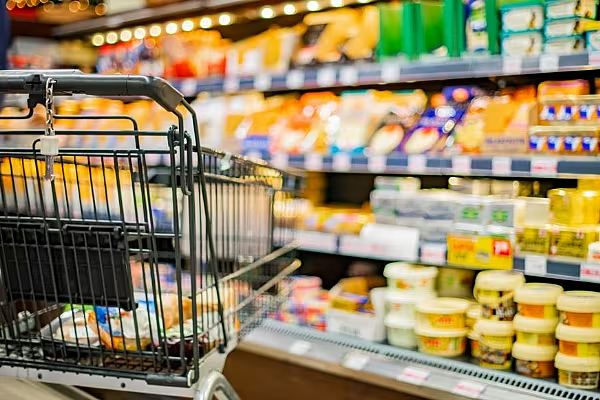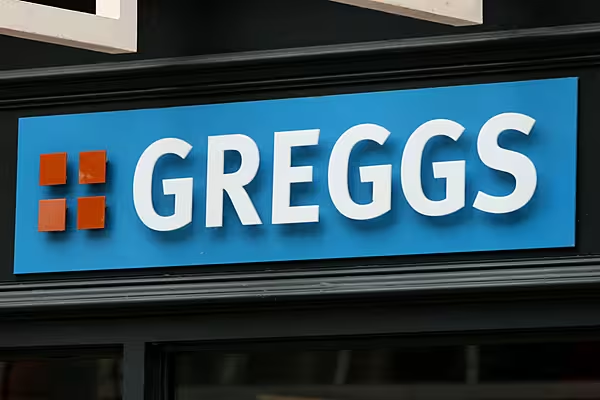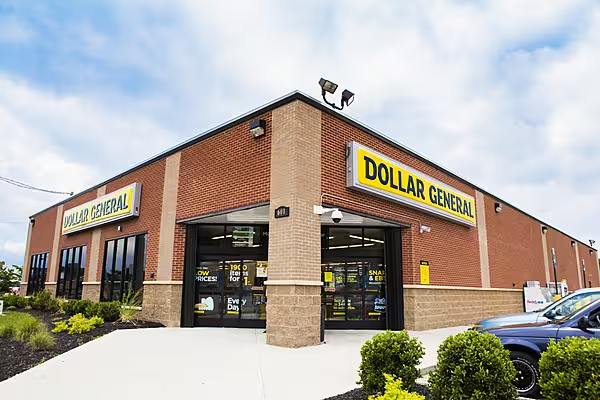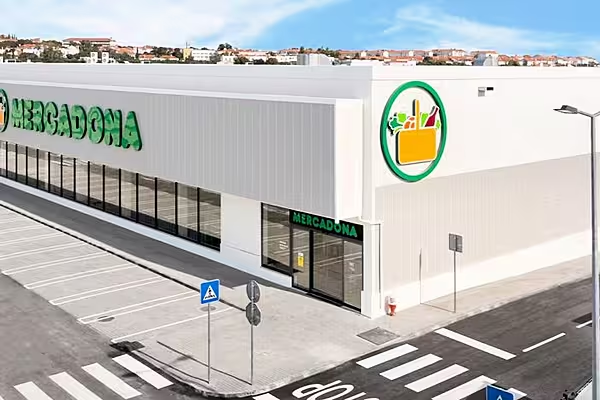The global retail food and beverage sector is likely to report volume growth of between 0.5% and 1.0% this year, a new report from Circana has found, with a more promising outlook in store for 2025.
The latest Circana Compass insights report found that as of mid-2024, Circana's projections for the sector have proven highly accurate, with volume growth of 0.8%, a price increase of 1.4%, and top-line growth of 2.2%, all closely aligning with the original forecast.
In November of last year, Circana forecast that 2024 would see a return to growth for the retail food and beverage sector following three years of volume decline.
'Signs Of Stabilisation'
“Following several years of economic volatility, we’re now seeing signs of stabilisation across various sectors, including food and beverage,” commented Sally Lyons Wyatt, global executive vice president and chief advisor at Circana.
“While we anticipated greater support from an improving economy, the shift from away-from-home to in-home consumption helped keep our projections on track. Manufacturers will need to strategically assess how to stimulate demand and drive profitable growth, and Circana provides the data-driven insights necessary to inform those decisions.”
Factors influencing the performance of the retail food and beverage sector include an easing of inflation, shoppers making smaller, more frequent trips, and an increased demand for easy-to-prepare options, as well as frozen and chilled products.
Potential Softening
Lyons Wyatt added that the forecasted 0.5% to 1.0% growth is likely to see "some potential softening later in the year as fast food ‘price wars’ could impact retail F&B growth, assuming current economic conditions hold. Year-over-year price realisation is projected to increase slightly to 1.5% to 2.0%, driven by slowing promotional investments and the introduction of new price increases. This will result in overall top-line growth of 2.2% to 2.7% for 2024.”
The EMEA and APAC regions are poised to outpace the US in terms of top-line growth, with APAC growth likely to be entirely price-driven, and EMEA performance due to increased price realisation, with volume growth comparable to US levels.











